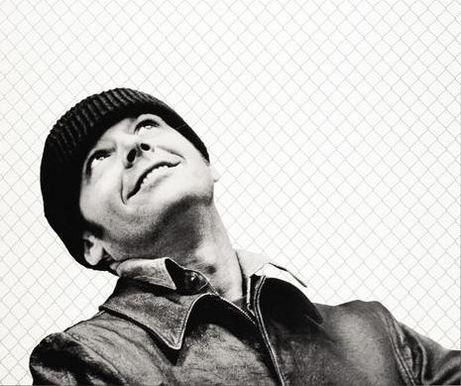After a series of production logos and onscreen credit sequences, which can last up to five minutes in large blockbuster movies such as Spiderman and the James Bond series, we are introduced to the world in which our film takes place. The opening scene establishes the platform, or equilbirium, on which the rest of the film develops.
In most films we are introduced to our central protoganist, or sometimes antagonist, in the opening scene. Generally we are introduced to all central figures one at a time, in order to both build the plot but also simply not overwhelm the audience. Higher budget film with A-list stars (such as current number one Will Smith (left)) in central roles, are likely to be shown on screen very early on, as they act as huge selling points.
Quite often in opening scenes some kind of substantial event will occur. For example, often an act of violence is shown in horror movies, or it could be simply some action that helps develop characterisation.
Non diagetic sound is often used in similar manner, be it either music or voiceover. They both help to create exposotion to the setting and events, as well as again characterisation.
Film directors must attempt to convey many key points in a short length of time in order to draw it's audience in. More sophisticated films do this subtly, and the audience take in key information without realising it. This is what we must attempt to do in our film opening.
Friday, 10 December 2010
Subscribe to:
Post Comments (Atom)



No comments:
Post a Comment